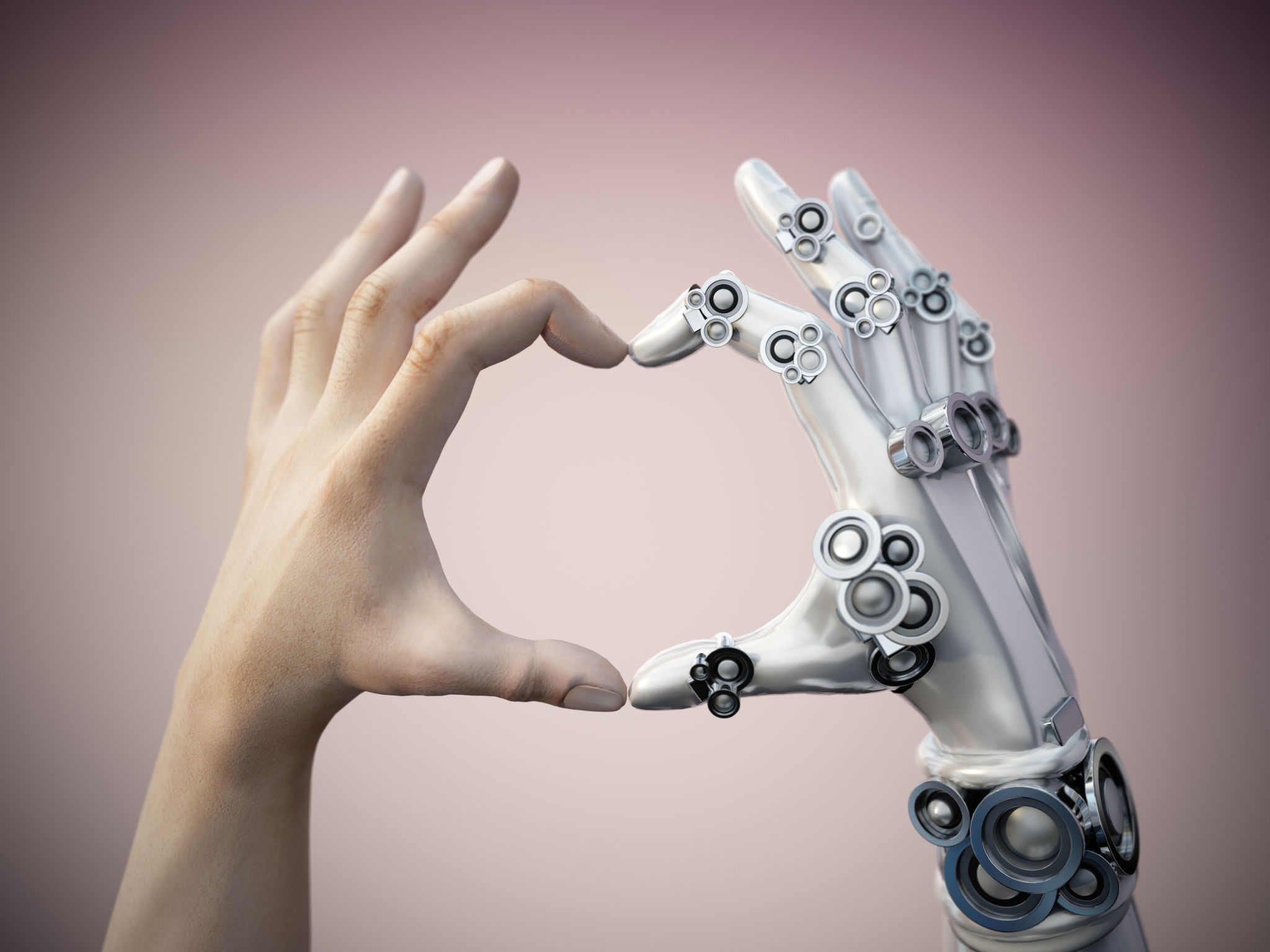Exploring the Future: How Industrial Robots Are Transforming Manufacturing in Australia
The Rise of Industrial Robots in Australian Manufacturing
In recent years, industrial robots have become a transformative force in the manufacturing sector across the globe. Australia, with its robust industrial base, is no exception. As technology advances at an unprecedented rate, the integration of robotics into manufacturing processes is not just a possibility but a necessity for staying competitive in the global market.
The adoption of industrial robots in Australia is driven by several factors, including the need for increased efficiency, precision, and cost-effectiveness. These robots are capable of performing complex tasks with remarkable accuracy, reducing the margin of error significantly and enhancing the overall quality of products.

Enhancing Efficiency and Productivity
One of the most significant advantages of employing industrial robots in manufacturing is the dramatic increase in efficiency and productivity. Robots can operate 24/7 without fatigue, unlike human workers. This continuous operation leads to higher output levels and faster production cycles, meeting the growing demands of various industries ranging from automotive to electronics.
Furthermore, robots are designed to handle repetitive tasks with consistent precision, freeing up human workers to focus on more strategic and creative roles. This not only boosts productivity but also enriches the workforce by allowing employees to develop new skill sets and advance their careers.
Cost-Effectiveness and Return on Investment
While the initial investment in industrial robotics may seem substantial, the long-term benefits far outweigh the costs. Companies experience a significant reduction in operational expenses over time due to decreased labor costs, fewer errors, and minimized material waste. The return on investment (ROI) for robotics is often realized within a few years, making it a financially viable option for many manufacturers.

Moreover, as technology continues to evolve, the cost of robotics is decreasing, making it more accessible to small and medium-sized enterprises (SMEs) in Australia. This democratization of technology is playing a crucial role in leveling the playing field, allowing businesses of all sizes to compete effectively.
Challenges and Considerations
Despite the numerous benefits, there are challenges associated with integrating industrial robots into manufacturing processes. One major consideration is the potential impact on employment. While robots can take over many manual tasks, there is a growing need for skilled workers to manage and maintain these sophisticated machines. Thus, workforce training and development are essential to ensure a smooth transition.
Additionally, companies must consider the integration process itself, which can be complex and requires careful planning and execution. This includes selecting the right type of robots for specific tasks and ensuring compatibility with existing systems.

The Future of Robotics in Australian Manufacturing
The future of industrial robots in Australian manufacturing looks promising. As technology continues to advance, we can expect even more sophisticated robots capable of performing a broader range of tasks with increased autonomy. This evolution will further enhance productivity, quality, and innovation in the manufacturing sector.
In conclusion, industrial robots are set to play an increasingly integral role in transforming Australia's manufacturing landscape. By embracing this technology, manufacturers can not only improve their operations but also secure their position in an ever-evolving global market.